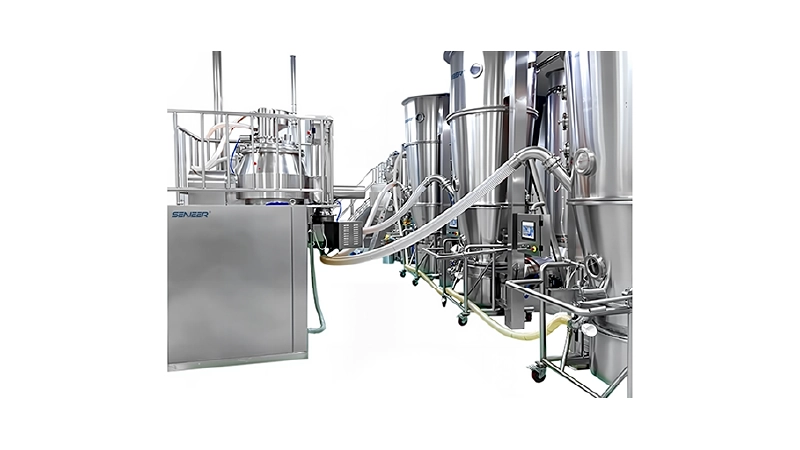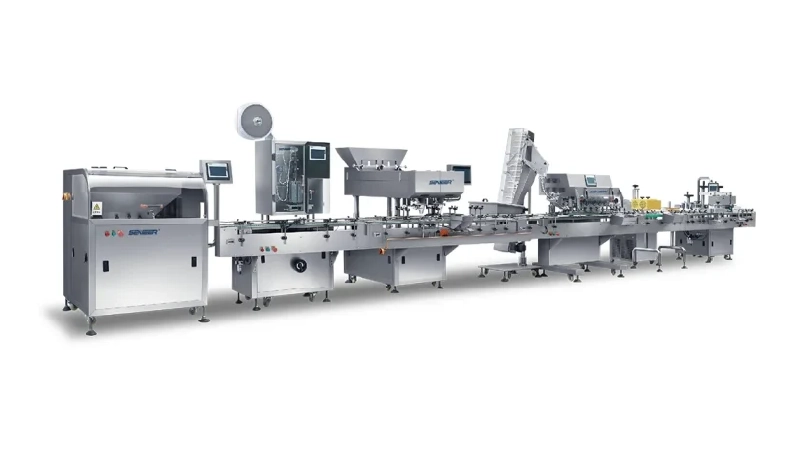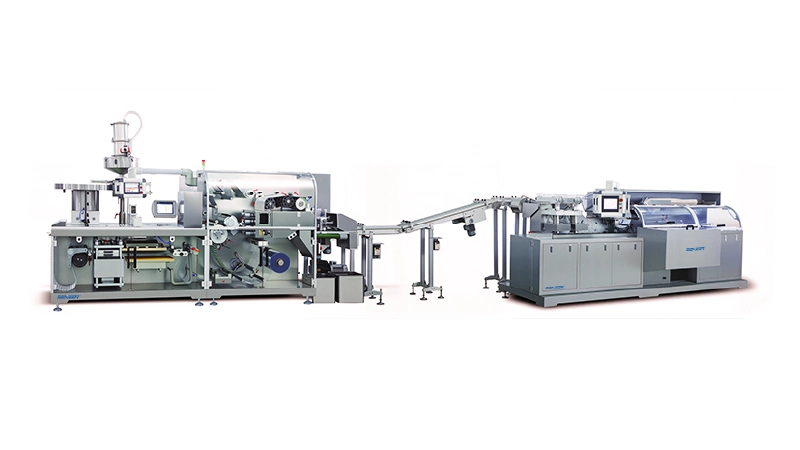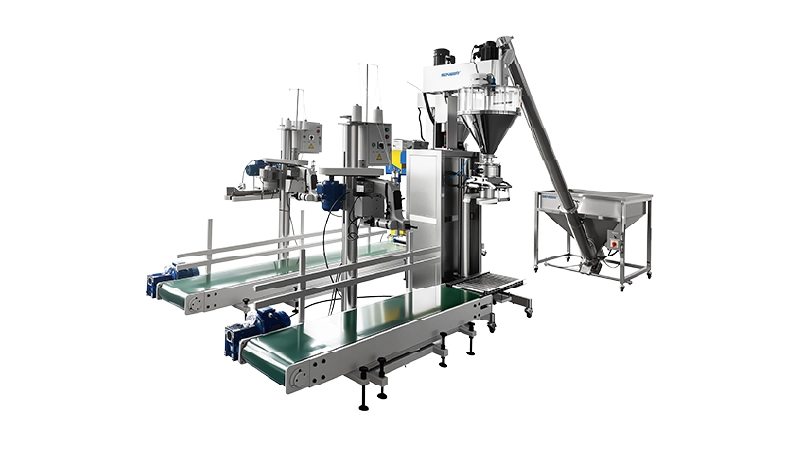In 2021, the biopharmaceutical industry has made great progress: by 2022, a total of 128 biopharmaceutical companies around the world have successfully launched; more than 5 billion people have been vaccinated against COVID-19. Due to these advancements, the biopharmaceutical industry will face changes in many areas such as commercialization, financing, and investment portfolio planning. Based on these changes, L.E.K. Consulting has sorted out the current five major development trends in the industry.
Part 1 Innovations In “Advanced Therapies”
In the past 5 years, pharmaceutical companies have significantly increased their research efforts on new treatments. The most important developments include:
- CAR-T cell therapy. It is an immunotherapy designed to stimulate the body’s immune system to attack tumor cells and was previously approved to treat DLBCL (diffuse large B-cell lymphoma). New approvals from the European Medicines Agency (EMA) and the US Food and Drug Administration (FDA) will greatly increase the market potential of these therapies. Currently, US pharmaceutical companies Gilead and Bristol Myers Squibb (BMS) are neck and neck in CAR-T cell therapy.
- RNA therapy. In 2022, the pharmaceutical industry will continue to intensify research on RNA therapeutics and focus on developing innovative technologies such as RNA editing, tRNA, circular RNA, and mRNA.
- Protein degradation. More and more biopharmaceutical companies have begun to study protein degradation technologies, such as proteolysis targeting chimeras (PROTACs), which they hope can destroy disease-causing proteins through small molecules.
Part 2 Continued Global Price Pressure
In 2021, many countries have proposed new measures or plans to control drug prices. To this end, the German federal government plans to shorten the free pricing period for patent-protected new drugs stipulated in the Drug Market Reorganization Act (Amnog) from 12 months to 6 months. There is also talk of strengthening the powers of health insurers to cap drug costs, while extending drug price regulation beyond 2022. In this context, the current discussion on benefit evaluation of drugs for rare diseases (orphan drugs) cannot be ignored.
In the future, biopharmaceutical companies need to carefully balance drug pricing and contract drafting, and alternative pricing models may become mainstream based on actual value or performance-based agreements.
Part 3 New Marketing Concept
Factors such as the COVID-19 pandemic, the consolidation of the hospital landscape, the strengthening of political influence, and the emergence of advanced treatments will force biopharmaceutical companies to further improve their marketing methods.

L.E.K. Consulting expects a change in the way products go to market: The traditional marketing model, centered on salespeople, is giving way to a more flexible marketing model that replaces more salespeople with virtual contacts. The pandemic has accelerated this change, and it now looks like it will continue even after the pandemic is over, as artificial intelligence and machine learning can capture market dynamics much more quickly (much faster than salespeople).
Part 4 Improving Diagnosis Through Biomarkers
Biomarker is a tool widely used in clinical screening, diagnosis, efficacy evaluation and prognosis prediction, and it is becoming a key component of drug entry into the market. Especially in the treatment of tumor patients, the application of biomarkers is becoming more and more complex and diversified, such as liquid biopsy for wider screening and early diagnosis. Not only can liquid biopsies help detect early-stage cancers, but they can be used to better monitor whether treatments are actually working. But the number of patients these specialized treatments are targeting is shrinking, so they must raise prices if they are to maintain revenue.
In addition to cancer therapy, the application of biomarkers will expand to many other fields, especially the treatment of neurological, immune and cardiovascular diseases. There is an urgent need for affordable, non-invasive tests to diagnose Alzheimer’s or nonalcoholic fatty liver disease very early, even before symptoms develop, and biomarkers may fill that need. Some labs are already developing such tests, and biopharmaceutical companies are beginning to include them in clinical trials.
To successfully bring biopharmaceuticals to market, pharmaceutical companies must focus on collaboration with laboratories, availability and cost of tests, and instructions to physicians and patients; diagnostic strategies must be explicitly included in development and market introduction as early as the R&D phase. intend.
Part 5 Development Of Innovative Biotechnology Financing
There seems to be a consensus in the US and Europe to scale back public funding and increase private alternative financing. As a result, after a surge in the number of global biotech public offerings (IPOs) in 2020 and 2021, L.E.K. expects a decline in the number of IPOs in 2022. Given the uncertainty in the U.S. stock market, L.E.K. forecasts continued high levels of venture capital investment and an increase in so-called “non-dilutive” financing options, such as monetization of royalties or loan financing.










